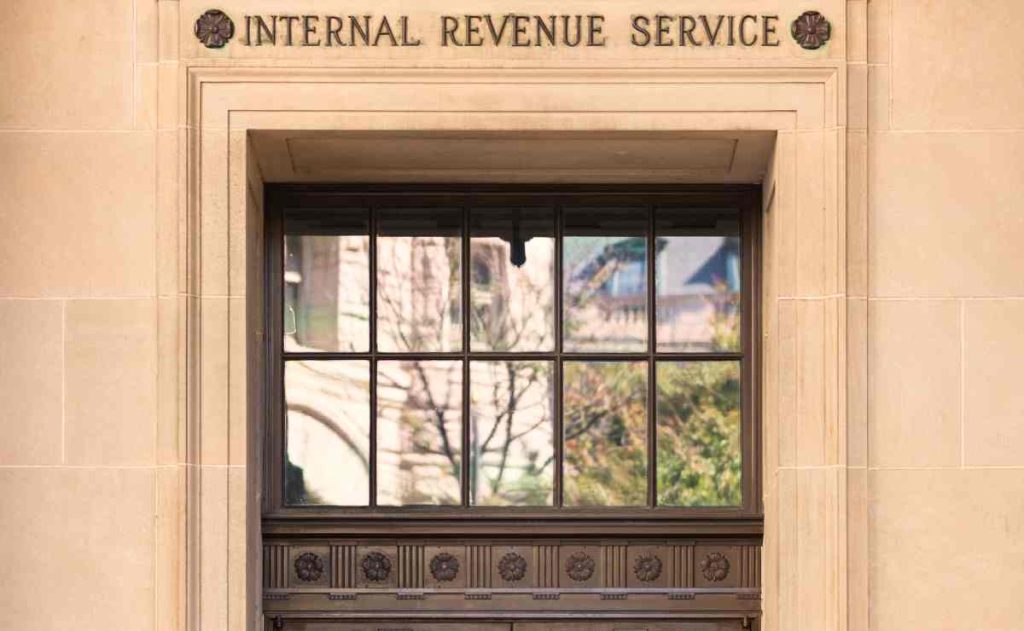Recently, the IRS delivered encouraging news to retirement savers by announcing higher contribution limits for 2024 in response to the rising cost of living. As a result of this decision, the annual individual contribution limits for 401(k), 403(b), most 457 plans, and the government’s Thrift Savings Plan will see an increase of $500, bringing the new limit to $23,000.
For individuals aged 50 or older, the catch-up contribution program will allow an additional $7,500 contribution to these plans in 2024, with a maximum limit of $30,500. These plans are primarily designed to enable employees to securely accumulate tax-deferred funds in their retirement accounts while simultaneously reducing their overall taxable income.
IRS Announces Increased IRA Contribution Limits and Adjusted Income Phase-Out Ranges for 2024
In 2024, IRA contributors will have the opportunity to increase their investment limit to $7,000, a step up from the previous limit of $6,500. Additionally, for individuals aged 50 or older, the catch-up contribution threshold is set at $8,000. The adjustment of contribution limits empowers savers to allocate more funds towards achieving their retirement objectives, offering valuable assistance to those who are striving to “catch up” in their later careers.
In addition to the changes in contribution limits, the IRS is also adjusting the income thresholds for phase-out eligibility among IRA holders:
- For single taxpayers participating in a workplace retirement plan, the phase-out range has been expanded to fall within the $77,000 to $87,000 bracket, previously set between $73,000 and $83,000.
- Married couples filing jointly, where the contributing spouse is covered by a workplace retirement plan, will now encounter a phase-out range between $123,000 and $143,000, as opposed to the prior range of $116,000 to $136,000.
- If an IRA contributor is not covered by a workplace retirement plan and is married to someone who is, the phase-out range has been adjusted to span from $230,000 to $240,000, an increase from the previous range of $218,000 to $228,000.
- For married individuals filing separate returns who are covered by a workplace retirement plan, the phase-out range remains unchanged without an annual cost-of-living adjustment, staying at a range of $0 to $10,000.
Roth IRA Updates
In contrast to tax-deferred plans, Roth IRA contributors are required to pay taxes on their initial contributions, but they enjoy the benefit of tax-free withdrawals after their investments have grown over the years. For the year 2024, the maximum limit for Roth IRA contributions has been raised by $500, reaching $7,000, as previously mentioned.
Furthermore, the income-based phase-outs for Roth IRA eligibility will become more inclusive in the coming year. The income phase-out range for individuals and heads of household contributing to a Roth IRA will increase to a range of $146,000 to $161,000, marking an $8,000 expansion.
For married couples filing jointly, the income phase-out range will grow to between $230,000 and $240,000, reflecting a $12,000 increase. The phase-out range for a married individual filing a separate return who is contributing to a Roth IRA remains unchanged without an annual cost-of-living adjustment, remaining between $0 and $10,000.
SIMPLE IRA and the Saver’s Credit Updates
The SIMPLE plan, formally known as the Savings Incentive Match Plan for Employees, offers an avenue for small-business employees and self-employed individuals to save for their retirement. In 2024, contributors to SIMPLE IRAs will have the opportunity to invest up to $16,000, a rise from the previous limit of $15,500.
Additionally, for low- and moderate-income workers eligible for the Saver’s Credit, also recognized as the Retirement Savings Contributions Credit, new income thresholds will come into effect next year: $76,500 for married couples filing jointly, an increase from $73,000; $57,375 for heads of household, an increase from $54,750; and $38,250 for singles and married individuals filing separately, an increase from $36,500.
For a comprehensive overview of the 2024 changes, the IRS has made detailed information available on its website.
